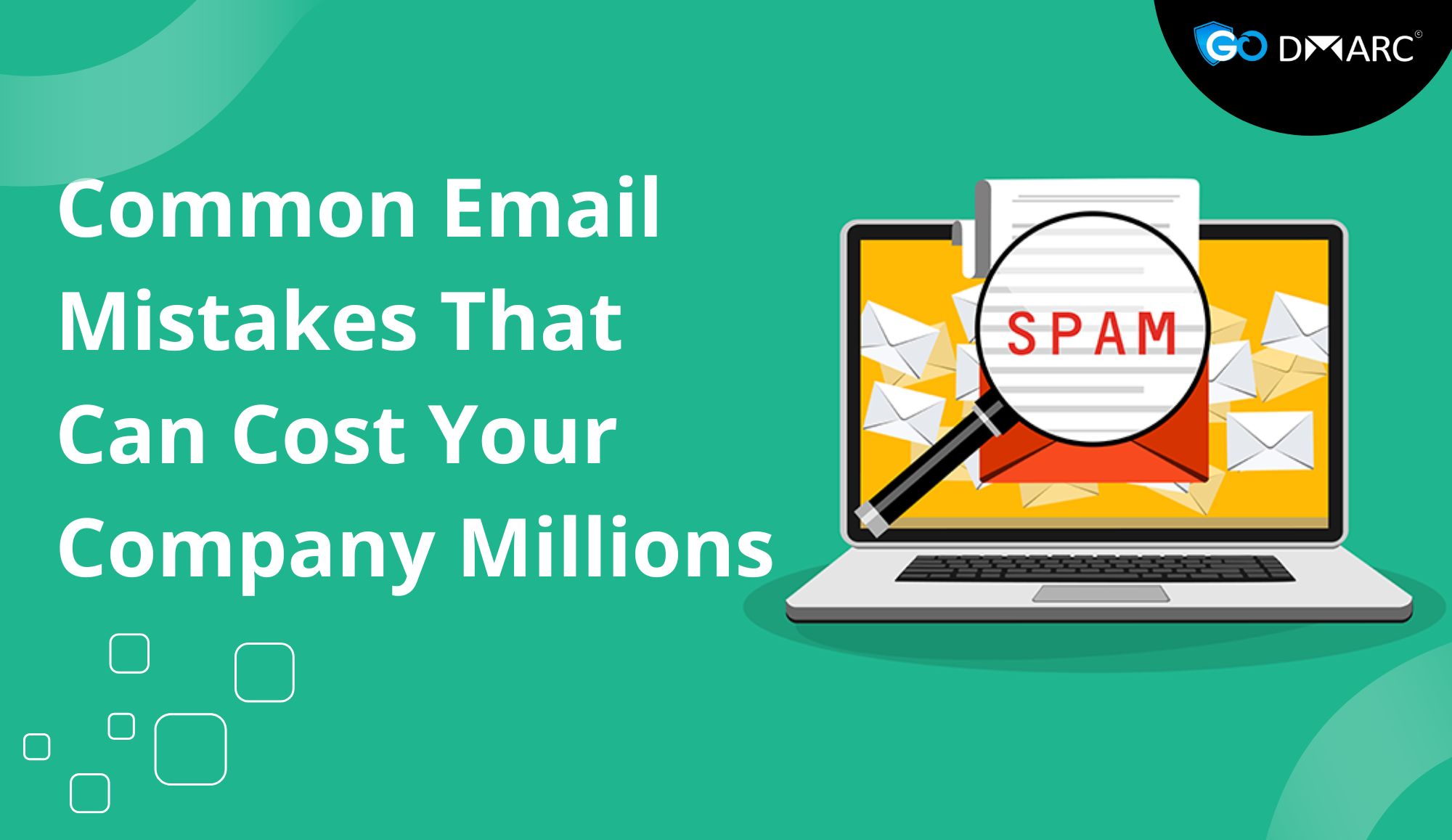Introduction
Email security is more critical than ever, as cyber threats continue to evolve. Organizations must ensure that their email communication remains secure to protect sensitive data and prevent phishing attacks. GoDMARC, a leading DMARC service provider, has recently introduced advanced dashboard features designed to help businesses master email threats efficiently. This blog explores the latest enhancements in GoDMARC’s dashboard and how they empower organizations to strengthen their email security posture.
Why DMARC Matters in Email Security
DMARC (Domain-based Message Authentication, Reporting, and Conformance) is a crucial protocol that helps organizations safeguard their email domains from phishing, spoofing, and other malicious attacks. It works in conjunction with SPF (Sender Policy Framework) and DKIM (DomainKeys Identified Mail) to authenticate email sources and provide visibility into email traffic.
Without DMARC enforcement, cybercriminals can impersonate a company’s domain and launch fraudulent email campaigns, leading to financial loss, reputational damage, and data breaches. This is where a reliable DMARC service provider like GoDMARC becomes essential in monitoring and preventing email-based threats.
Understanding GoDMARC’s Advanced Dashboard
The GoDMARC dashboard is designed to provide businesses with a comprehensive email security management system. It enables security teams to track authentication failures, mitigate cyber risks, and enforce policies seamlessly.
Key components of the GoDMARC dashboard include:
- Threat Intelligence Center: A hub that consolidates all email security alerts, categorized by risk level.
- Live Email Flow Analysis: A visualization of inbound and outbound email authentication statuses.
- Custom Alerts & Notifications: Personalized security alerts to notify administrators of potential threats in real time.
GoDMARC’s Latest Dashboard Features
To enhance email security, GoDMARC has rolled out several new features in its dashboard. These updates provide businesses with better control, visibility, and analytics over their email authentication protocols.
1. Real-Time Email Threat Monitoring
One of the standout features in GoDMARC’s latest dashboard is real-time email threat monitoring. This feature allows security teams to track phishing attempts, domain spoofing incidents, and unauthorized email usage as they occur. With a live dashboard displaying key insights, organizations can take immediate action to mitigate threats before they escalate.
Benefits:
- Instant detection of malicious activity
- Prevents unauthorized domain usage
- Reduces phishing attacks
2. Advanced DMARC Analytics & Reporting
The updated GoDMARC dashboard now includes enhanced analytics and reporting capabilities. It provides:
- Detailed DMARC compliance reports
- Insights into email authentication status
- Visual representation of legitimate vs. unauthorized email sources
- Breakdown of SPF and DKIM alignment failures
By leveraging these reports, businesses can identify vulnerabilities and optimize their email security policies.
3. Automated Policy Enforcement
Enforcing a DMARC policy (None, Quarantine, or Reject) is a crucial step in securing an organization’s email infrastructure. GoDMARC’s new automated policy enforcement feature ensures that businesses can seamlessly transition from monitoring to enforcement without disrupting legitimate email traffic.
This feature provides:
- Custom policy recommendations
- Automatic adjustments based on threat intelligence
- Integration with email security tools
4. Comprehensive SPF & DKIM Management
Managing SPF and DKIM records is essential for effective email authentication. GoDMARC’s dashboard now offers a simplified interface for SPF and DKIM configuration, ensuring that domain administrators can easily manage records without technical complexity.
The enhanced SPF & DKIM management feature includes:
- Real-time validation of records
- Recommendations for SPF flattening to avoid DNS lookup limits
- Alerts for misconfigured or missing records
5. AI-Powered Threat Intelligence
GoDMARC utilizes AI-driven threat detection algorithms to analyze email traffic and identify suspicious patterns. This feature enhances an organization’s ability to detect:
- Spoofed email senders
- Phishing campaigns targeting employees
- Emails failing DMARC authentication
The intelligent threat detection system helps security teams stay ahead of emerging cyber threats and take proactive measures to mitigate risks.
6. User-Friendly Interface & Custom Dashboards
The latest GoDMARC dashboard comes with a modern and intuitive user interface, making it easier for security professionals and IT administrators to navigate. It also offers:
- Customizable dashboards with drag-and-drop widgets
- Role-based access control for different teams
- Personalized alerts and notifications
This improvement ensures that businesses can tailor their dashboard experience to match their specific security needs.
How GoDMARC’s New Features Improve Email Security
With the latest dashboard enhancements, GoDMARC helps businesses in multiple ways:
- Improved Threat Visibility: Real-time monitoring and advanced analytics offer a comprehensive view of email security risks.
- Faster Response to Attacks: Automated alerts and intelligent detection allow organizations to act swiftly against email threats.
- Better Compliance Management: Detailed reports help businesses comply with email security regulations and industry standards.
- Reduced Email Fraud: Enforcing DMARC policies prevents cybercriminals from using an organization’s domain for malicious activities.
- Data-Driven Decision Making: Actionable insights enable businesses to optimize their email security strategies.
Best Practices for Using GoDMARC Dashboard Effectively
To maximize the effectiveness of the GoDMARC dashboard, organizations should follow these best practices:
- Regularly Monitor Email Reports: Frequently reviewing authentication reports helps identify unauthorized email usage.
- Gradually Enforce DMARC Policies: Start with a ‘None’ policy, analyze email flows, then transition to ‘Quarantine’ and ‘Reject’ modes.
- Keep SPF & DKIM Records Updated: Ensure all sending sources are properly configured to prevent email failures.
- Leverage AI-Powered Insights: Utilize the AI-driven threat detection system to stay ahead of evolving cyber threats.
- Train Employees on Email Security: Educate staff on recognizing phishing attempts and email authentication mechanisms.
Choosing the Right DMARC Service Provider
Selecting a trusted DMARC service provider is crucial for implementing an effective email security strategy. GoDMARC stands out due to its innovative features, user-friendly interface, and AI-driven threat intelligence. Businesses looking to strengthen their email security can benefit significantly from GoDMARC’s advanced dashboard functionalities.
Future Developments in GoDMARC’s Email Security Solutions
GoDMARC is continuously evolving to meet the dynamic needs of email security. Some upcoming enhancements include:
- AI-Enhanced Phishing Detection: Advanced machine learning models to detect new and sophisticated phishing tactics.
- Multi-Domain DMARC Management: A centralized solution for enterprises managing multiple domains.
- Automated SPF Optimization: AI-driven SPF flattening solutions to reduce DNS lookup failures.
Conclusion
In today’s digital landscape, email threats are constantly evolving, making robust email security solutions a necessity. GoDMARC’s latest dashboard features provide businesses with enhanced visibility, automated enforcement, and intelligent threat detection to master email threats effectively. By partnering with a reliable DMARC service provider, organizations can safeguard their email domains, prevent phishing attacks, and maintain compliance with email security standards.
To explore GoDMARC’s cutting-edge dashboard and its latest features, get in touch with our experts today!




